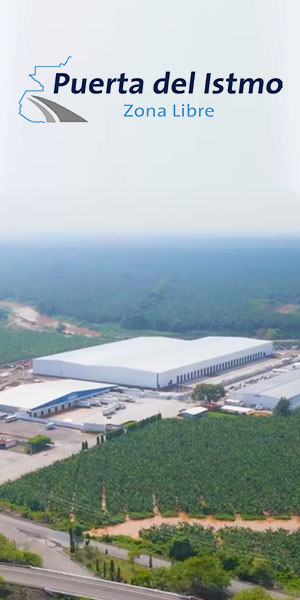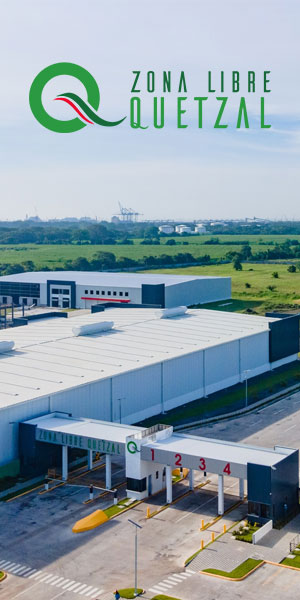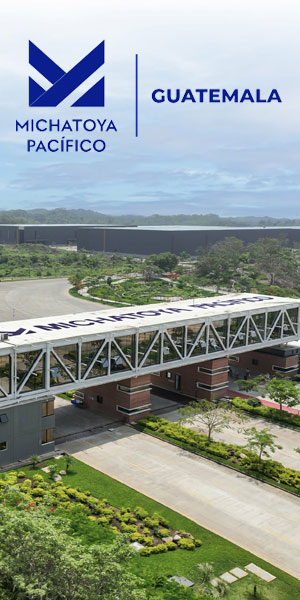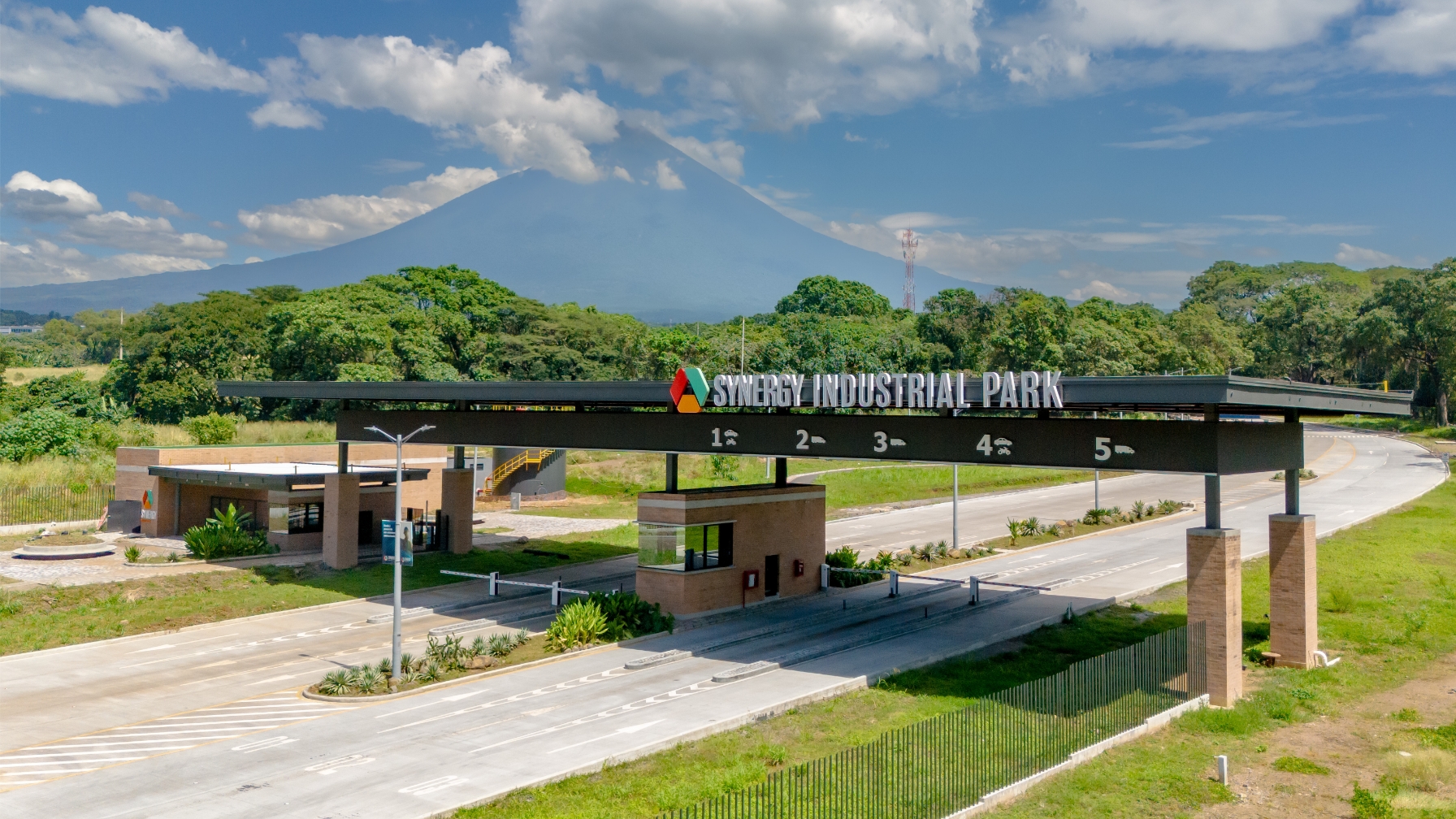The Isthmus’ most robust economy has demonstrated significant competitive advantages that add value when considering an investment.
Since 2020, both the public and private sectors have worked together to push a plan to boost economic growth by attracting foreign investment.
The strategy outlines three specific approaches for attracting greater FDI and improving exports:
01
Strengthen the sectors in which Guatemala currently excels: agriculture, apparel and textiles, food and beverages, chemicals, and nonmetallic goods. The target is to reach $5 billion in exports by 2030.
02
Develop a customized export plan to promote 20 products in seven industries where Guatemala has the potential to be a world leader. Apparel, plastic packaging materials, cleaning supplies, porcelain sinks, refrigerators, and many agricultural, forestry, fishing, and food goods are examples. "In the short term, what we are looking for is to attract investment in these sectors in which Guatemala is already well-positioned, but with the intention that they can help us provide greater technology to our products or reach new markets," Wendy Mena, coordinator of lnvest Guatemala, says.
03
Attract new investments in more sophisticated sectors where the country has significant room for growth, such as pharmaceuticals, medical devices, electronic devices, and the provision of Business Process Outsourcing (BPO) and Information Technology Outsourcing (ITO).
These industries, when combined, have the potential to enhance foreign direct investment in Guatemala by $300 million.
Guatemala’s biggest exporter is the apparel and textile sector, which is known both domestically and globally for its competitiveness, variety, and flexibility. Exports are distinguished by their high added value, which is regarded as the greatest in the area (50%).
Sectors that have placed their confidence in Guatemala
The collaborative efforts of several Guatemalan sectors, both public and private, to attract investment have yielded fruit, as seen by the sectors that have invested in Guatemala.
Among them, the following stand out:
- Manufacturing
Digital products development
Energy
Construction
Call Centers and BPO
ITO
Pharmaceuticals
Airlines
Food and Beverages
Textiles
Retail
Transportation / Logistics
Agritech
Medical Devices
Services
Agribusiness
Source: Guatemalan National Competitiveness Program – PRONACOM

Wendy Mena
Invest Guatemala Coordinator
“We are promoting a strategy geared at more complex areas in which Guatemala has a significant potential for growth. For example, in pharmaceuticals, we have the largest number of laboratories. Another is medical devices and appliances, as well as the production of electronic gadgets, where there is potential owing to its relationship with other well-developed sectors in the nation. Also, everything that is being done to encourage greater investment in the automotive sector, particularly in low-complexity car parts.”
Guatemala´s bet on more sophisticated sectors
Guatemala provides investment potential in a wide range of industries, including traditional sectors such as apparel and textiles, food and beverages, aquaculture products, and agriculture, as well as more complex areas. In this regard, the investor attraction strategy seeks to establish the country as a regional hub in four leapfrogging sectors:
The focus is on two types: antidiabetics and antihypertensives, which have a combined global sales value of $74.4 billion. The segments with high average power are six, with global sales totaling $147.6 billion.
Four of the 23 medical device categories were selected as having high potential and a $90 billion market size. Wound care (dry gauze, moisturizing gels, bandages, medical tape, etc.); Dental (implant and orthodontic systems, dental equipment, and so on); Excipients and drug delivery (injections, infusion sets, access equipment).
There is no visible entry point into the electronics value chain. However, three areas have the potential to grow in Guatemala: final assembly, plastic components, and metal parts.
Guatemala already has a significant presence in the BPO/ITO categories, which might grow as the country pushes toward complex services.













